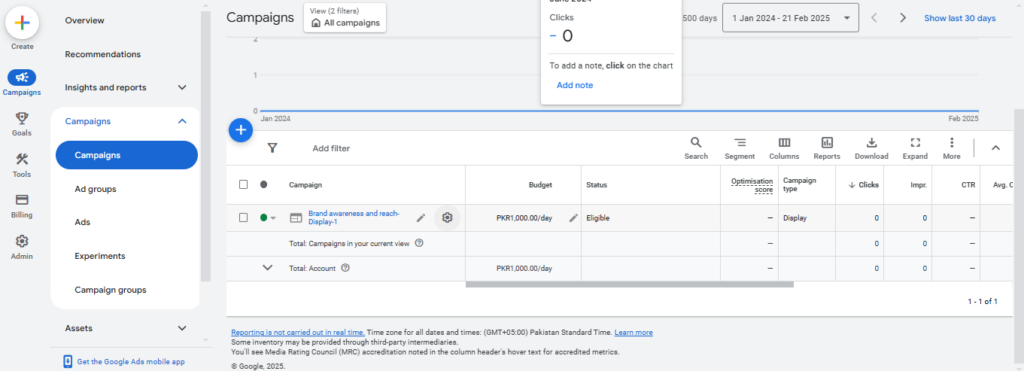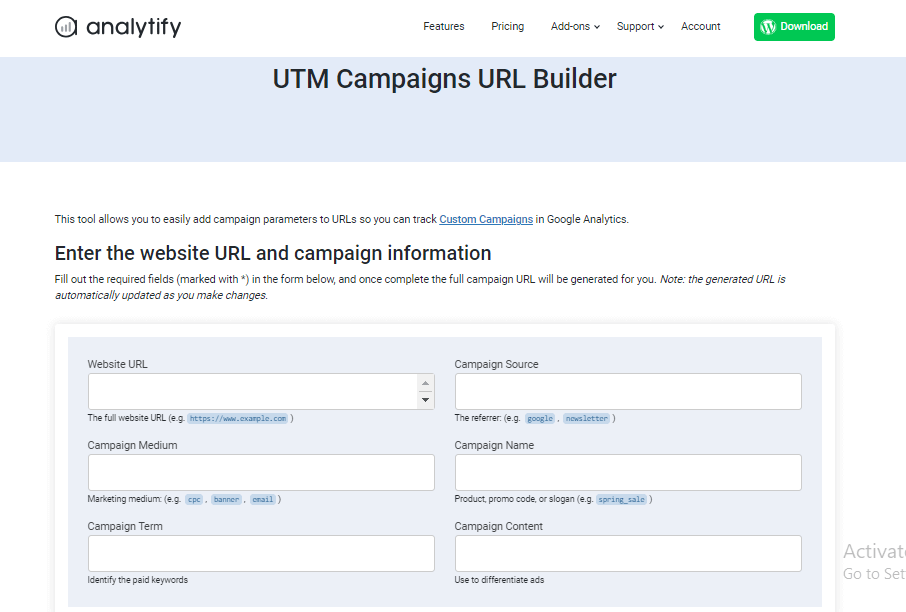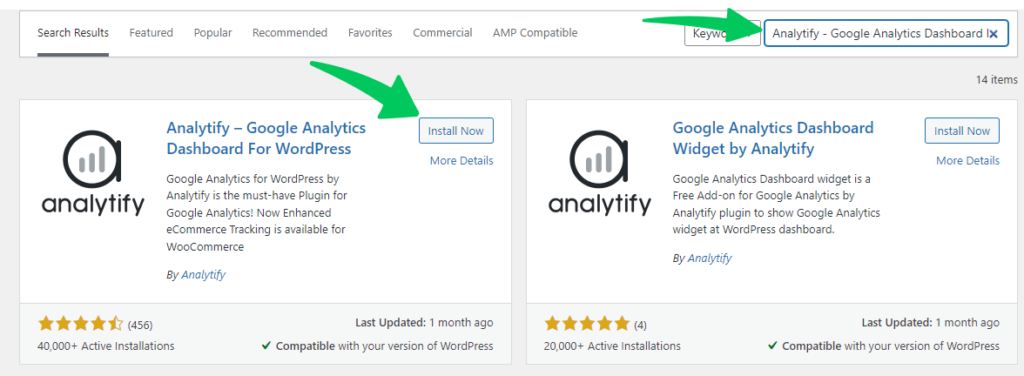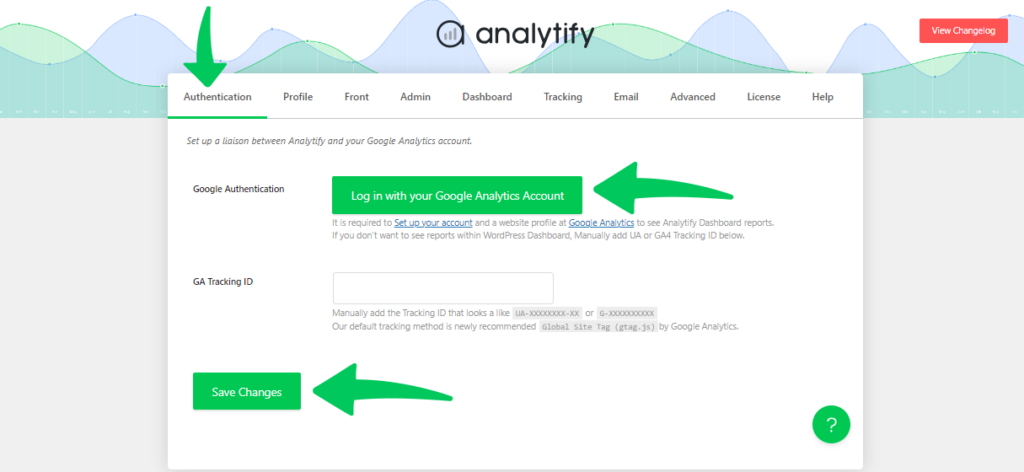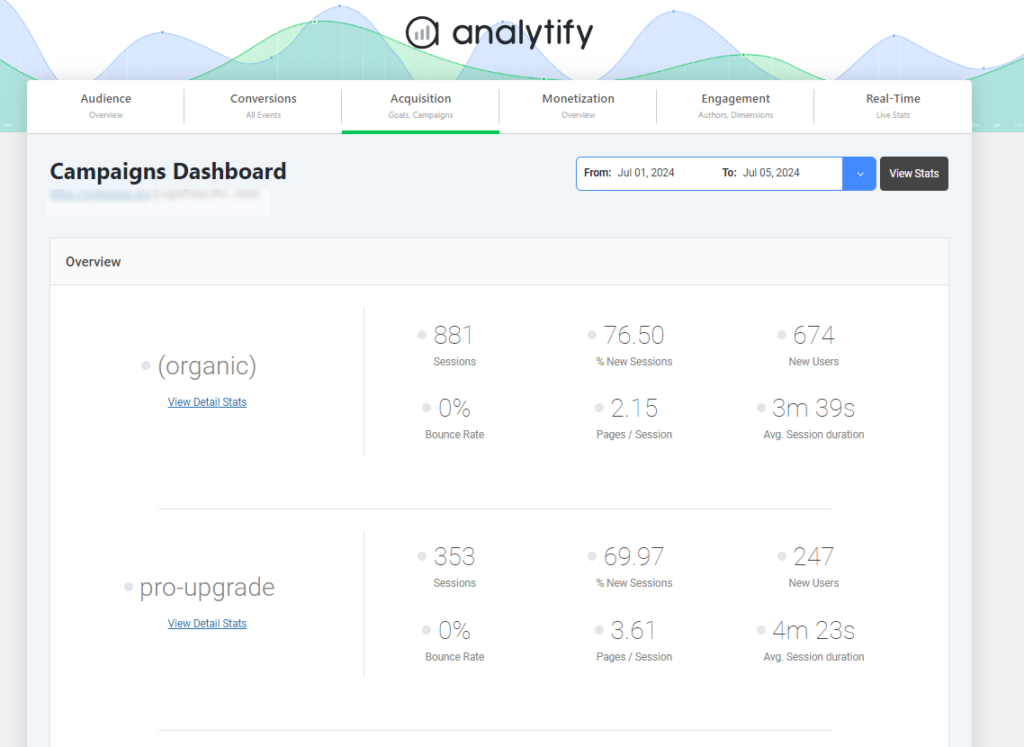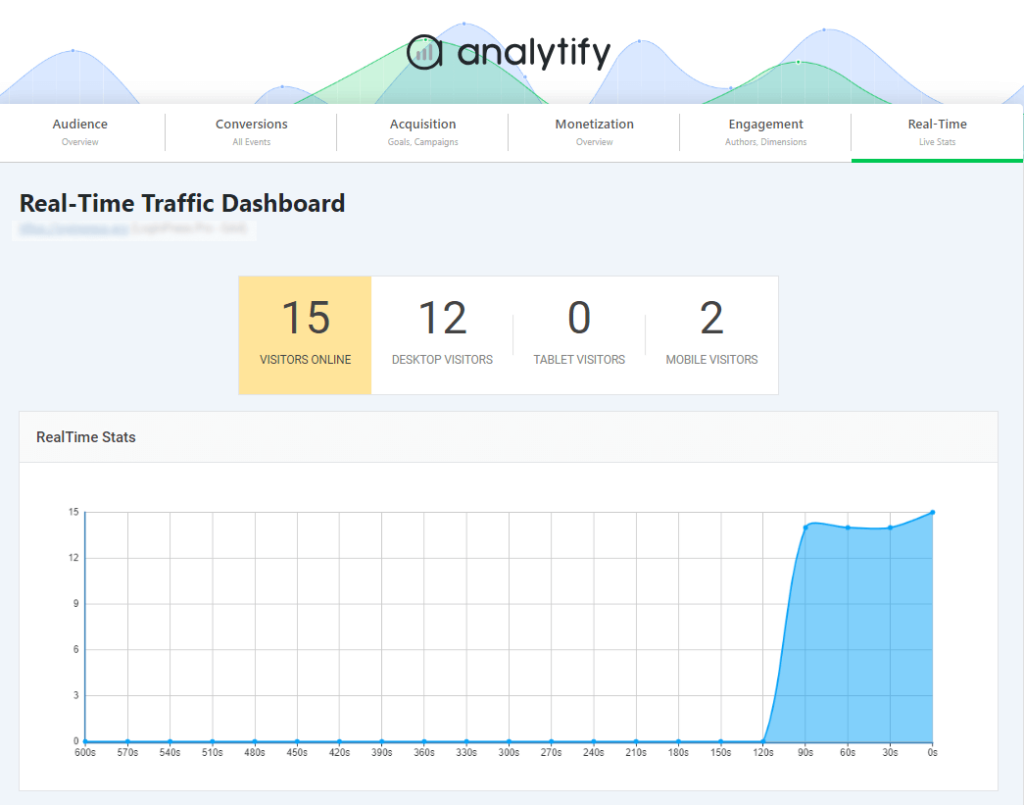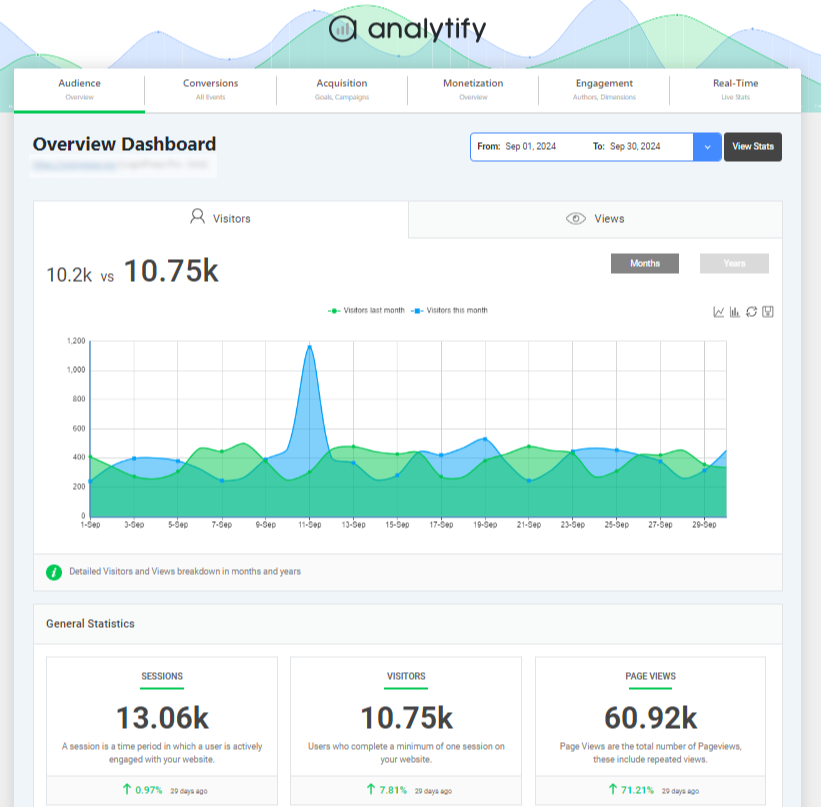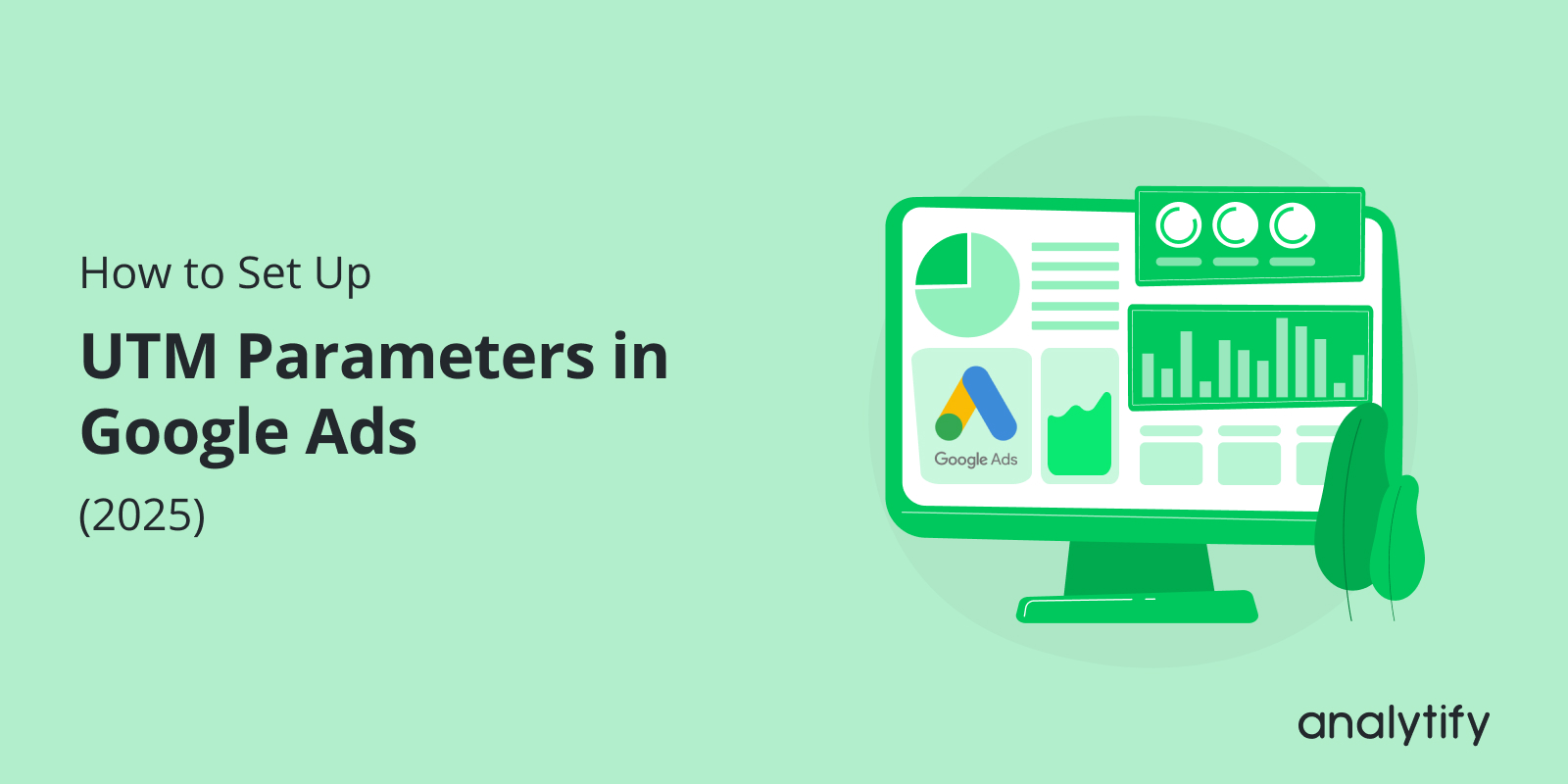
How to Set Up UTM Parameters in Google Ads (2025)
Do you want to track your Google Ads campaigns? Setting up UTM parameters in Google Ads is the best way to measure where your traffic comes from and which ads perform best.
By using UTM parameters, you can see exactly which campaigns, ads, and keywords drive the most traffic and conversions. This helps you make data-driven decisions to optimize your ad spend.
In this guide, we’ll show you how to set up Google Ads UTM parameters step-by-step. Plus, we’ll introduce Analytify, a simple plugin that helps you track UTM-based campaign data directly in your WordPress dashboard.
Google Ads UTM Parameters (TOC):
What are UTM Parameters?
UTM parameters (Urchin Tracking Module parameters) are small pieces of text added to the end of a URL to track where website traffic is coming from. These tags help marketers understand which ads, keywords, or campaigns drive the most conversions.
For example, a basic URL might look like this:
https://yourwebsite.com/
But with Google Ads UTM parameters, it looks like this: https://yourwebsite.com/?utm_source=google&utm_medium=cpc&utm_campaign=summer_sale
Breakdown of UTM Parameters:
There are five key UTM parameters in Google Ads:
1️⃣ utm_source – Identifies the traffic source (e.g., google, facebook).
2️⃣ utm_medium – Defines the type of traffic (e.g., cpc, email).
3️⃣ utm_campaign – Tracks specific campaign names (e.g., summer_sale).
4️⃣ utm_term – Tracks paid search keywords (e.g., running+shoes).
5️⃣ utm_content – Distinguishes between different ads in the same campaign (e.g., video_ad vs. image_ad).
By using Google Ads UTM tracking, you can accurately measure which campaigns drive the most traffic and conversions. This helps you optimize ad spend and focus on what works best.
Why Use UTM Parameters in Google Ads?
Adding UTM parameters to Google Ads helps you track your ad performance beyond what Google Ads provides by default. While Google Ads tracks clicks and conversions, UTM parameters allow you to see how users interact with your site after clicking the ad.
Benefits of Using UTM Tracking in Google Ads:
Accurate Traffic Attribution
Without UTM parameters, Google Analytics might group all traffic from Google Ads under a single source. With Google Ads UTM tracking, you can track individual campaigns, ad groups, and even keywords separately.
Better ROI Analysis
By setting up UTM parameters in Google Ads, you can track which campaigns bring the highest return on investment (ROI). This helps you focus on ads that convert rather than just generate traffic.
Cross-Platform Tracking
If you run ads across Google Search, Display, YouTube, and Gmail, UTM parameters allow you to track where your traffic is actually coming from.
Improved Campaign Optimization
Since you can see which ads and keywords perform best, you can allocate your budget more effectively, adjust bids, and test different ad variations.
Why Use Analytify for Google Ads UTM Tracking?
Join 50,000+ beginners & professionals who use Analytify to simplify their Google Analytics!
Manually tracking UTM parameters can be time-consuming and prone to errors. That’s where Analytify’s Campaign Tracking feature comes in. With Analytify, you can:
- Automatically track UTM parameters in Google Ads
- View Google Ads UTM data directly in WordPress
- Get detailed reports on campaign performance
With Analytify, you don’t have to switch between Google Ads and Google Analytics—you get all your ad data in one place inside WordPress.
How to Set Up UTM Parameters in Google Ads (Step-by-Step)
Now that you understand why UTM parameters in Google Ads are important, let’s see how to add UTM parameters to Google ads.
Step 1: Open Google Ads and Navigate to Campaign Settings
- Log in to your Google Ads account.
- Click on the Campaigns tab.
- Select the campaign you want to track.
- Click on Settings.
Step 2: Enable Tracking Template in Google Ads
Google Ads allows you to set up UTM parameters at different levels:
- Account Level (applies to all ads)
- Campaign Level (specific to one campaign)
- Ad Level (for tracking individual ads)
To set up the tracking template:
- In Settings, find the Tracking section.
- Locate the Tracking Template field.
- Enter your tracking URL with UTM parameters.
For example:
{lpurl}?utm_source=google&utm_medium=cpc&utm_campaign={campaignid}&utm_term={keyword}&utm_content={adgroupid}
- {lpurl} ensures the landing page URL is preserved.
- {campaignid}, {keyword}, and {adgroupid} dynamically insert the campaign, keyword, and ad group information.
Step 3: Add UTM Parameters Using a UTM Builder Tool
Instead of manually creating URLs, you can use a UTM builder tool to generate them.
Try Analytify’s UTM Builder to create trackable Google Ads URLs in seconds!
- Go to Analytify’s UTM Builder page.
- Enter your website URL and campaign details.
- The tool will generate a Google Ads UTM tracking URL automatically.
- Copy and paste this URL into your Google Ads final URL field.
Step 4: Test the Tracking Template
Before running your ads, make sure your UTM parameters work correctly:
Click on your ad preview and check the URL.
Open Google Analytics and look for utm_source and utm_campaign data.
Use Google’s Tag Assistant to verify tracking setup.
Step 5: Save and Monitor UTM-Based Campaign Data
Once your tracking is set up, monitor the performance of your UTM-tagged ads in Google Analytics and Analytify inside WordPress.
This is the exact process to set up UTM parameters in Google Ads and track campaign performance effectively.
Pro Tip: Using Analytify’s Campaign Tracking feature, you can view all your Google Ads UTM data directly inside WordPress. No need to switch between platforms!
Best Tools for Adding UTM Parameters to Google Ads
Manually creating and managing Google Ads UTM parameters can be time-consuming and prone to errors. To simplify the process, several tools help automate UTM tracking and ensure your data is accurate.
1. Analytify
Analytify is an advanced analytics plugin that helps track Google Ads UTM parameters directly inside WordPress.
- Automatic UTM tracking for Google Ads campaigns
- Easy-to-use UTM Builder to generate trackable URLs
- Seamless integration with Google Analytics
- WordPress dashboard insights—no need to switch platforms
Use Analytify’s UTM Builder to create UTM-tagged URLs effortlessly and track Google Ads campaign performance in real time.
2. Google’s Campaign URL Builder
Google offers a free Campaign URL Builder to create UTM-tracked URLs. Simply enter your campaign details, and it generates a tracking link.
Downside: You have to manually track the data in Google Analytics, which can be inconvenient.
3. AIOSEO (For SEO & UTM Tracking)
AIOSEO includes a built-in Link Assistant that allows you to add and manage UTM parameters directly in your WordPress site.
Downside: Focuses more on SEO tracking rather than detailed Google Ads UTM campaign analytics.
4. Google Tag Manager (For Advanced Tracking)
Google Tag Manager helps marketers set up advanced tracking rules for UTM parameters in Google Ads, but it requires some technical knowledge.
Downside: Steeper learning curve compared to Analytify’s easy-to-use tracking system.
Tracking Google Ads UTM Data in WordPress with Analytify
Once you’ve added UTM parameters to Google Ads, the next step is tracking and analyzing the results. While Google Analytics provides campaign insights, constantly switching between platforms can be frustrating.
That’s where Analytify comes in! With Analytify’s Campaign Tracking, you can view Google Ads UTM data directly inside your WordPress dashboard, without logging into Google Analytics.
Why Track Google Ads UTM Parameters in WordPress?
- See which ads bring the most traffic
- Identify high-converting keywords & campaigns
- Analyze user behavior after clicking your ad
- Optimize your Google Ads for better ROI
How to Track Google Ads UTM Data in WordPress Using Analytify
Step 1: Install & Activate Analytify
- Download Analytify from the WordPress plugin directory.
- Install and activate it in WordPress.
- Connect your Google Analytics account to Analytify.
Then, enable the campaign tracking add-on on Analytify.
Step 2: View UTM Campaign Data
Go to Analytify » Dashboard in WordPress.
Click on the Acquisition tab » UTM Campaigns Dashboard to see:
Use these insights to optimize your Google Ads strategy and boost conversions!
Key Benefits of Using Analytify for UTM Tracking
- All your UTM data inside WordPress—no need to open Google Analytics
- Real-time insights
- Easy-to-read reports—perfect for marketers and business owners
- Track multiple ad campaigns without manual setup
Pro Tip: Combine Analytify’s Google Ads tracking with its eCommerce tracking feature to measure which ads drive the most revenue!
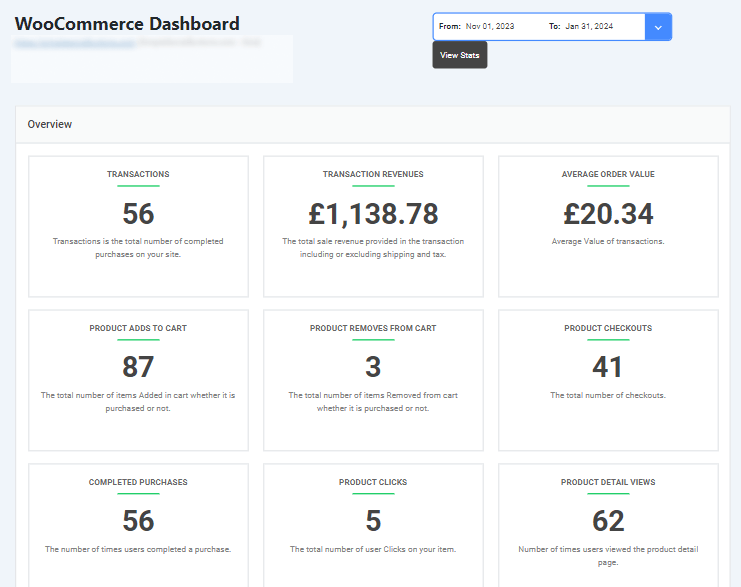
Common Mistakes to Avoid When Setting Up UTM Parameters
While UTM parameters in Google Ads are powerful for tracking campaign performance, mistakes in setup can lead to inaccurate data and poor decisions. Here are the most common errors marketers make and how to avoid them.
1. Using Inconsistent Naming Conventions
Mistake: Using different names for the same traffic source, like Google in one campaign and google in another.
Fix: Always use lowercase and consistent naming (e.g., always use Google for Google Ads).
2. Adding UTM Parameters to Internal Links
Mistake: Applying UTM parameters to internal site links causes self-referrals and incorrect data in Google Analytics.
Fix: Only use UTM parameters for external traffic sources, not links within your website.
3. Not Linking Google Ads with Google Analytics
Mistake: Forgetting to link your Google Ads and Google Analytics accounts—this causes gaps in reporting.
Fix: Link both accounts under Admin » Google Ads Linking in Google Analytics.
4. Forgetting to Test Your UTM Parameters
Mistake: Running ads without testing if the UTM parameters are tracking correctly.
Fix:
- Use Google’s Tag Assistant to test tracking links
- Click on your ad and check if UTM parameters appear in the URL
- View UTM data in Analytify’s Campaign Report inside WordPress
5. Ignoring Google Ads Dynamic UTM Parameters
Mistake: Manually adding UTM parameters for every campaign instead of using Google Ads dynamic tracking templates.
Fix: Use dynamic UTM tags like {campaignid}, {keyword}, and {adgroupid} to automate UTM tracking.
By avoiding these common mistakes, you can ensure your Google Ads UTM tracking is accurate and helps you make data-driven marketing decisions.
UTM Parameters in Google Ads (FAQs)
1. What are UTM parameters, and why are they important in Google Ads?
UTM parameters are tags added to the end of a URL to track where website traffic is coming from. In Google Ads, UTM parameters help marketers analyze which campaigns, ad groups, or keywords are driving traffic and conversions. This allows for better campaign optimization and data-driven decisions.
2. How can I set up UTM parameters in my Google Ads campaigns?
To set up UTM parameters in Google Ads:
Log in to your Google Ads account.
Go to the Campaigns tab and select a campaign.
Click on Settings and expand Additional Settings.
Open Campaign URL Options and enter your UTM parameters in the Final URL Suffix field.
Use a structured format like:utm_source=google&utm_medium=cpc&utm_campaign={campaignid}&utm_term={keyword}
Save your changes and test your URL.
3. Can I use both auto-tagging and UTM parameters simultaneously in Google Ads?
Yes, you can use both auto-tagging and manual UTM parameters together. Auto-tagging adds the parameter which allows for detailed tracking in Google Ads and Google Analytics. Manual UTM parameters can be added for additional tracking, especially when integrating with third-party analytics tools. Ensure that both are set up correctly to prevent data discrepancies.
4. What are dynamic UTM parameters, and how do they work in Google Ads?
Dynamic UTM parameters automatically insert campaign data into your URLs using Google Ads ValueTrack parameters. Instead of manually adding details, you can use placeholders that populate dynamically when the ad is clicked.
For example:{lpurl}?utm_source=google&utm_medium=cpc&utm_campaign={campaignid}&utm_term={keyword}&utm_content={adgroupid}
This method saves time and ensures accurate tracking for different campaigns and ad groups.
5. How can I test if my UTM parameters are working correctly in Google Ads?
To verify if your UTM parameters are tracking correctly:
Click on your ad and check if the UTM parameters appear in the browser’s URL.
Use Google’s Tag Assistant to validate your tracking setup.
Open Google Analytics and check if your campaign traffic is being recorded correctly under Acquisition » Campaigns.
Final Thoughts: Google Ads UTM Parameters
Setting up UTM parameters in Google Ads is essential for tracking campaign performance, optimizing ad spend, and making data-driven marketing decisions. By using Google Ads UTM tracking, you can see exactly where your traffic comes from and which ads drive the best results.
Instead of manually checking Google Analytics, Analytify brings your Google Ads UTM campaign data right into your WordPress dashboard.
Following this guide, you can ensure that your Google Ads UTM parameters are set up correctly, avoid common mistakes, and improve your ad performance.
You may also like to read:
- Google Ads Conversion Tracking With GTM (Explained 2025)
- How To Link Google Ads To Google Analytics
- GA4 UTM Parameters [An Ultimate Guide] 2025
If you have any queries about building UTM parameters, connect with our support team through comments.

